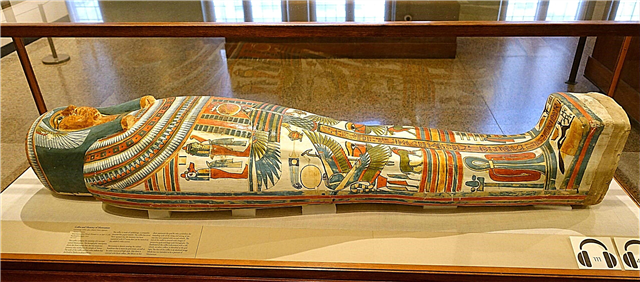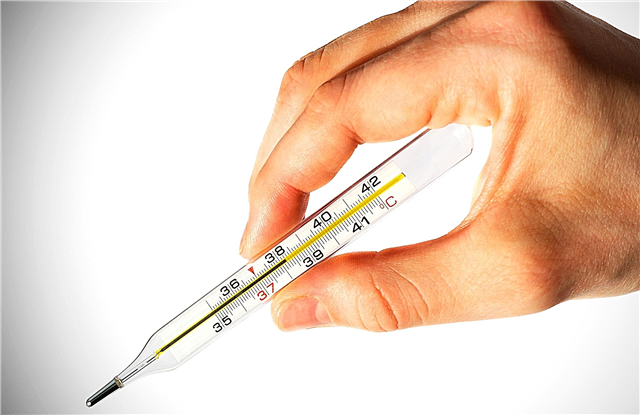
Most substances in the world are divided into two classes: conductors and insulators. Electrons moving in a powerful stream and meeting your hand on the way can cause a sensitive blow.
Current conductors
Take copper as an example. Copper is a very good conductor. Therefore, it is used for the manufacture of electrical wires.
Each copper atom contains 29 electrons in the electron cloud surrounding the core. But not all electrons hold on to their home. The peculiarity of copper (and other metals) is that its electrons easily leave their native atom and, like nomads, begin to wander from atom to atom. That's what it is aboutThe distinguishing feature of a conductor is mobile electrons. So the next time you look at the bottom of a copper pan, imagine how many electrons roam it.
Electricity
We pass to the most interesting part. If you attach a copper wire to an electric current generator, then the electrons will stop randomly wandering, and organized in a column begin to move all together in one direction. This movement is called electric current. Current can strike if it is handled carelessly. Electrons in conductors, like nomads, wander from atom to atom.

Electron velocity
Electrons moving in a conductor along an electric current are slow-moving. The average speed of their movement in copper wire is about one meter per hour.This speed may surprise you, because many people think that the current propagates through the conductor almost instantly. This impression arises because there are a lot of atoms and electrons in the copper wire, including at the end that you hold in your hand.

The distance that the electron must travel to your fingers is simply negligible, so the blow should be instantly after turning on the current. Copper is not the only good conductor. The bodies of animals and humans, and even the earth itself, conduct electricity well enough. As you might have guessed, tap water is also a good conductor.
Insulators

Materials that do not contain free electrons are called insulators. Good insulators include glass, plastics, and rubber. This is why you can touch the rubber cord of a turned on desk lamp with impunity. Electrons in rubber are firmly held in their places in atoms.
If you touch the insulated plastic wire with dry hands, you probably will not feel anything, because the skin has not come into contact with the live wire. But if you do the same with a wet hand, you can feel a significant blow. The fact is that a little water can seep through the insulation to the bare wire.
Water is a good conductor. Between the wire and the hand will appear a section conducting electrons. Thus, the hand will be plugged into the electrical network. Therefore, do not touch operating electrical equipment with wet hands. Water and electricity are incompatible.












